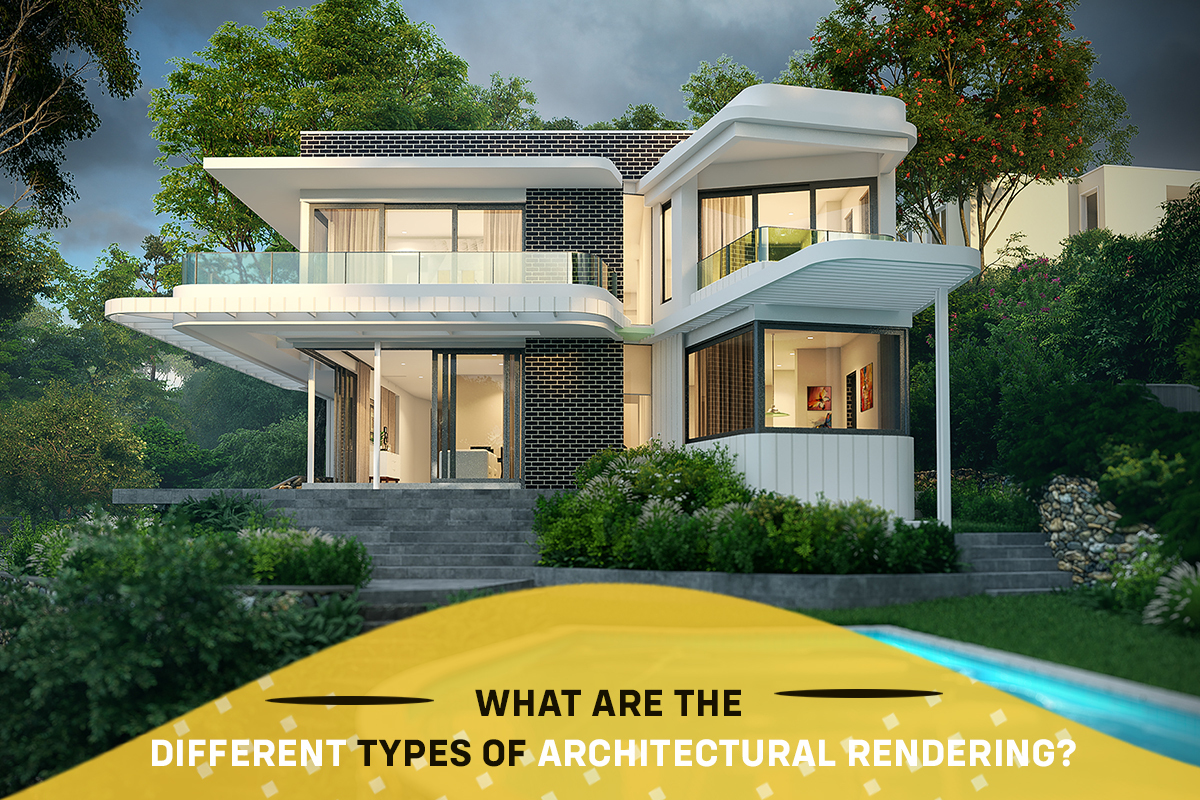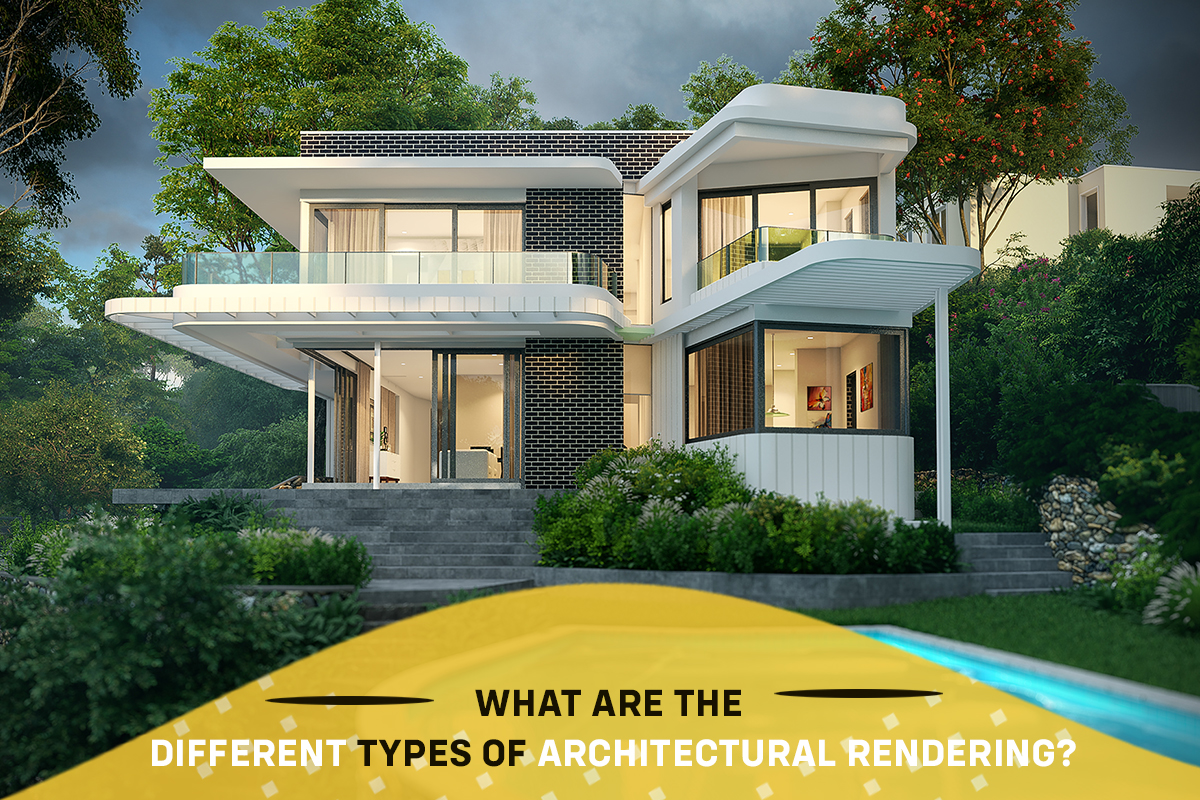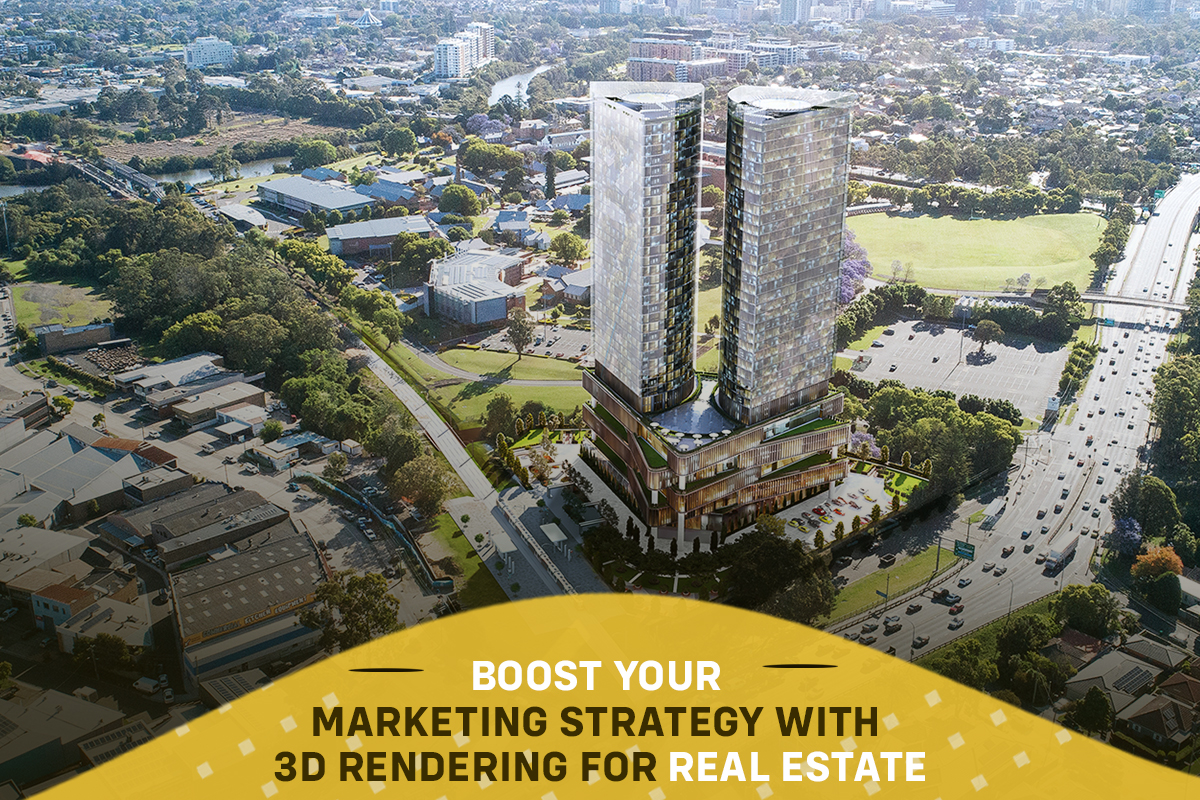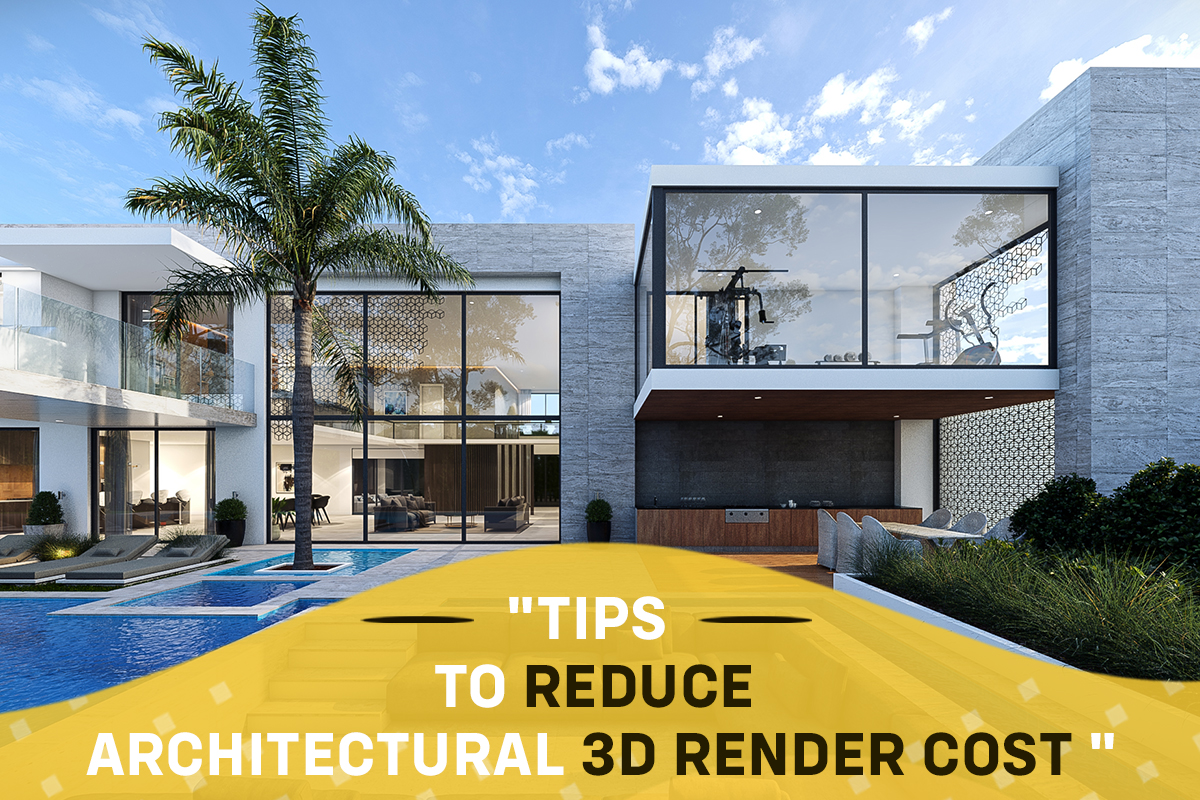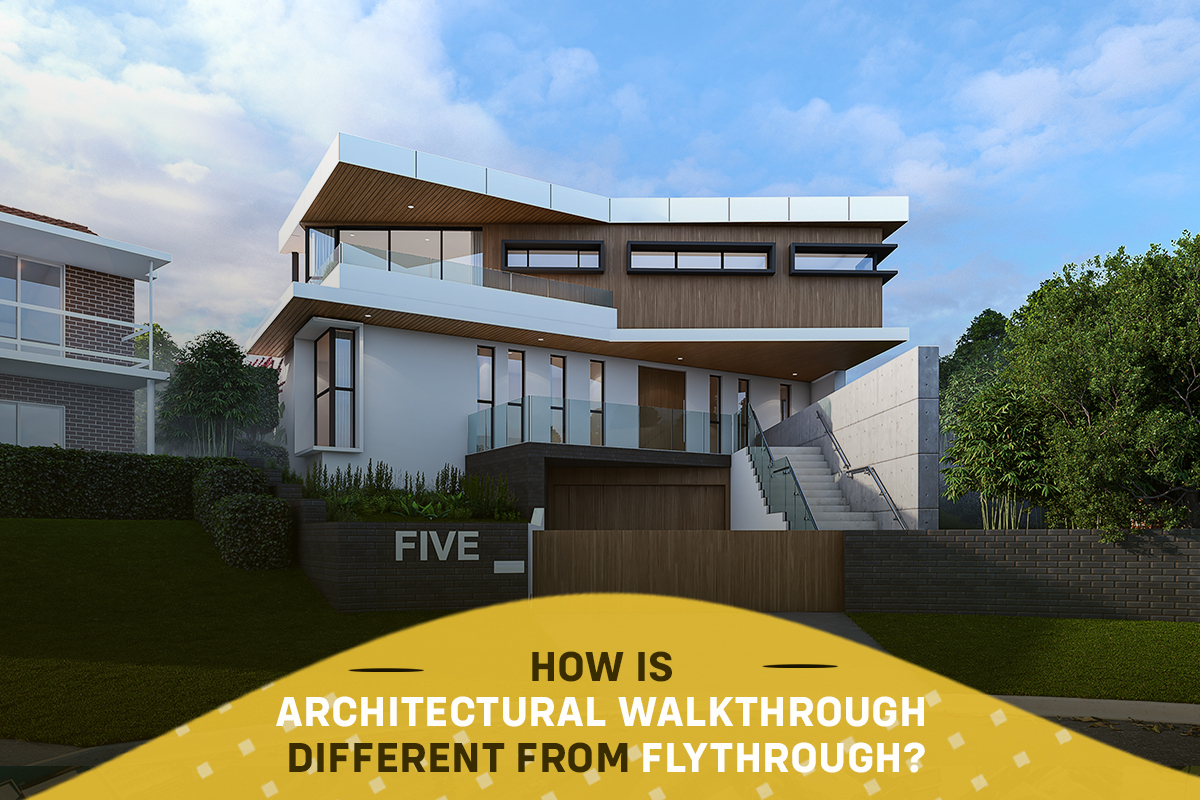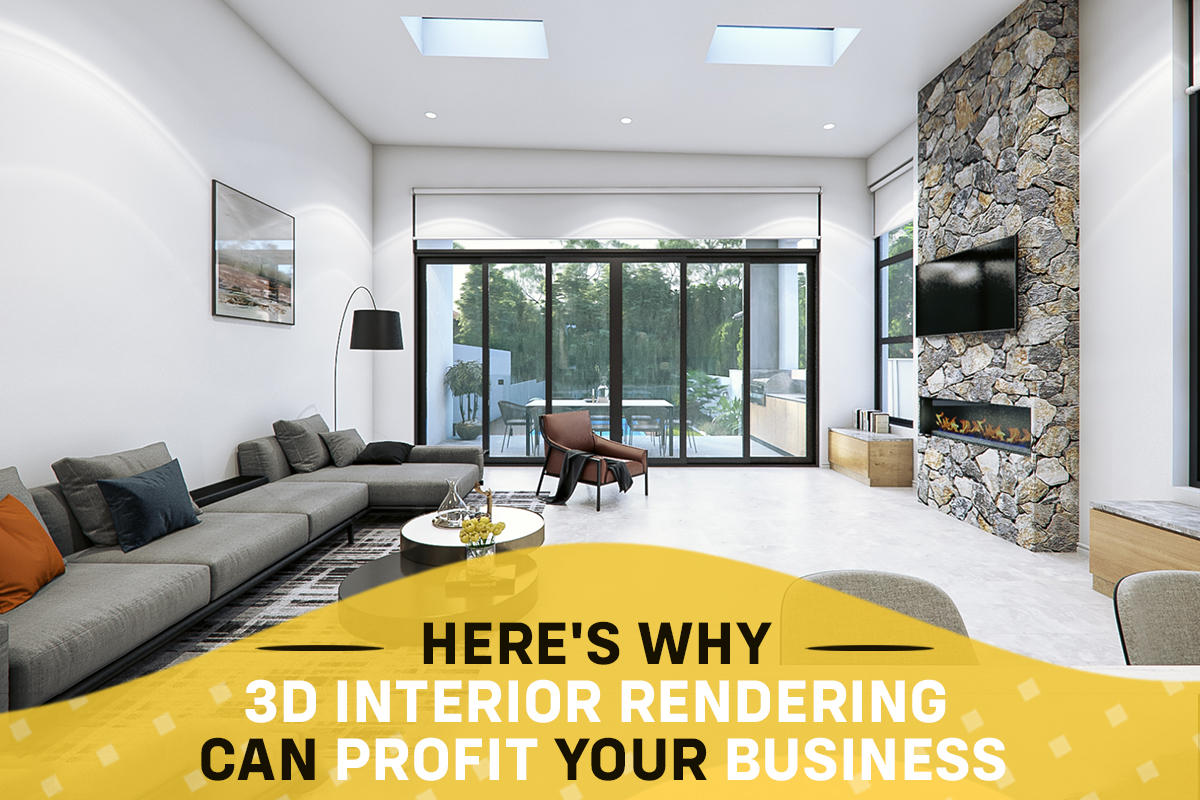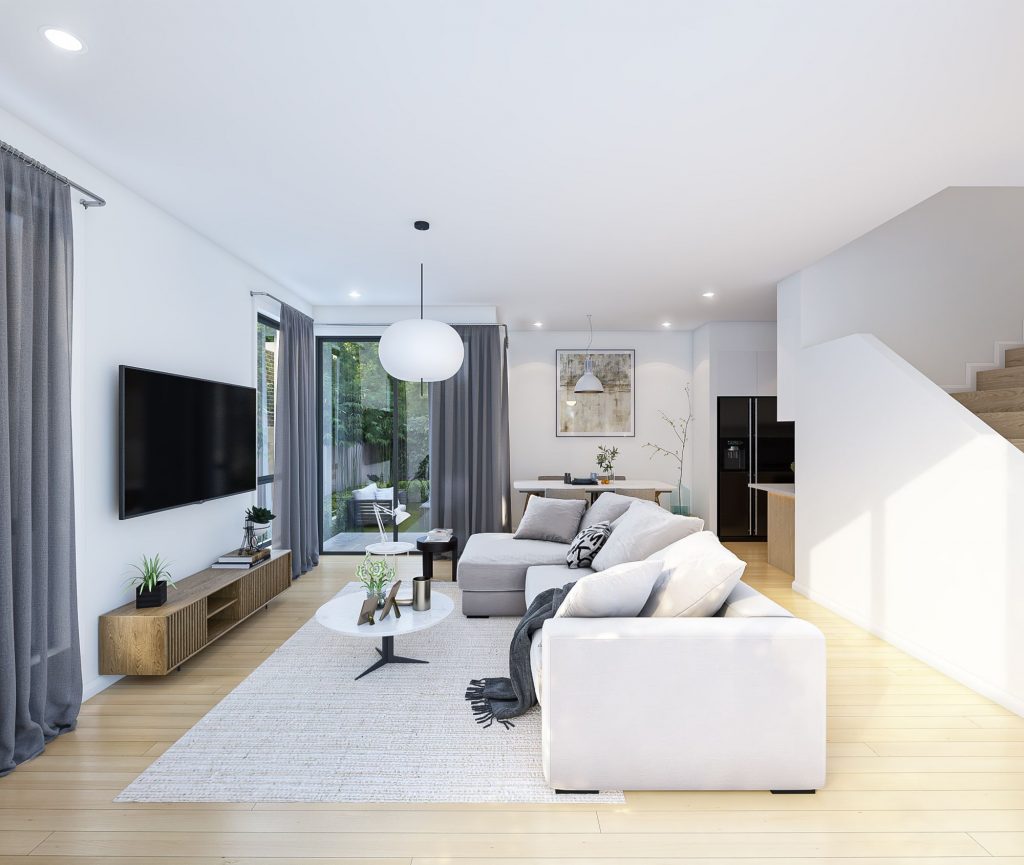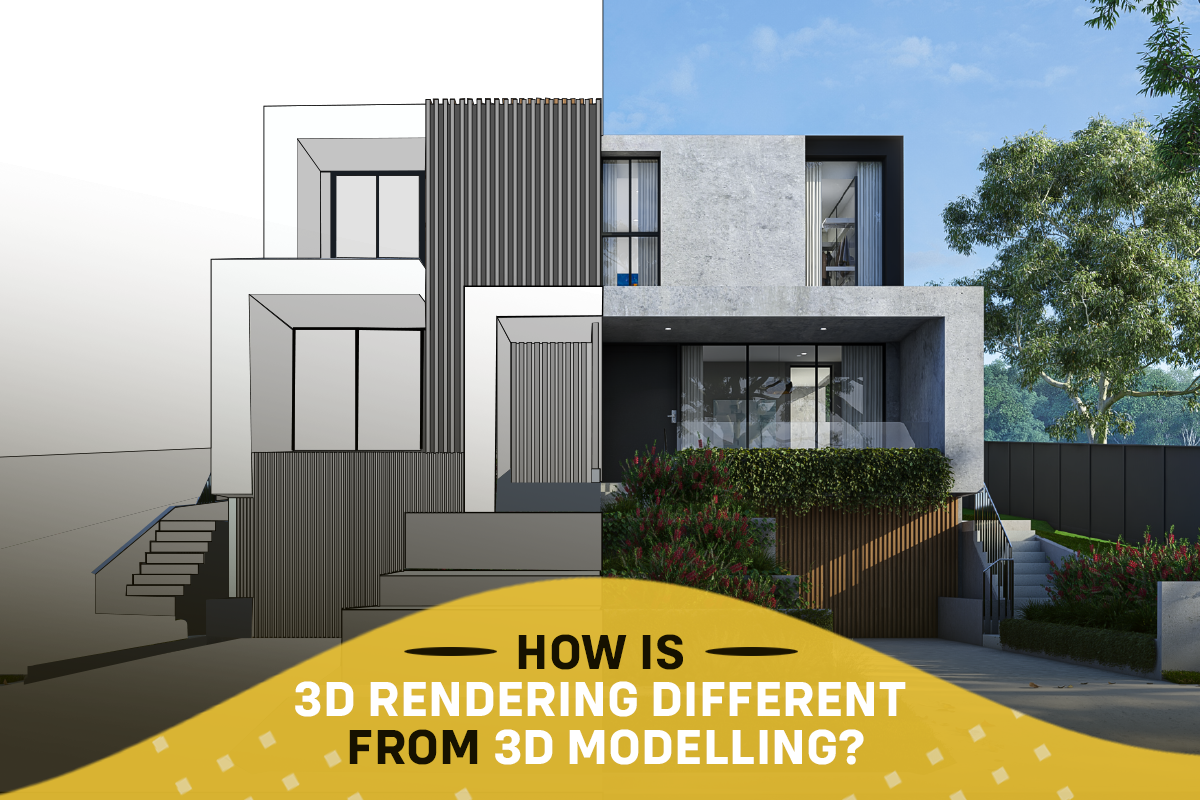3D Architectural rendering has grown exponentially in the last few years. Today finds its uses with anyone looking to beat their competition and gain an edge with their clients. Let’s look closely at the different types of architectural rendering and why they’re important.
The rise of 3D rendering has paved the way for professionals in the real estate industry to present photorealistic renderings of what they have to offer and handle business efficiently. With the use of 3D modeling, architects can create multi-dimensional models to demonstrate what real-time rendering would appear like to their clients. Manufacturers and contractors can further make use of 3D rendering product design and texture mapping. Virtual tours, walkthroughs, and flythroughs also aid in showcasing real estate property in a real-world setting.
By using a wide range of 3D rendering tools, 3D architectural rendering has made it possible for artists to stay ahead of the curve and impress clients. Let’s take a look at the types of architectural rendering, what it offers, and the best ways to use it:
External 3D Visualization
3D exterior rendering is possibly the most vital aspect of the architectural visualization industry. By using exterior 3D rendering, you can visualize the exterior aspects of the building along with its garden, play areas, and more. This allows the potential investors to have an accurate idea of what they can expect when the construction is complete. 3D external visualization places a special focus on texturing and lighting to make it appear as realistic as possible. This gives potential investors a feeling of seeing a building before it goes into the construction phase. This helps to make any necessary modifications and helps designers and investors stay on the same page.
Looking at a project from different angles can help demonstrate its unique features to clients and target audiences. External visualization helps clients to build an emotional connection with a project before its execution.
3D Aerial Visualization
3D aerial visualization is a powerful tool to give clients a completely different perspective of your project. This type of exterior rendering can include more of the surrounding environment compared to a basic exterior 3D rendering. Aerial 3D renderings are useful for viewing massive properties or landscapes which you’re planning to develop. It can also be used to showcase which land is available for development.
Viewing a site from the above aids architects to choose the ideal orientation of buildings and visualize how a new building or house can blend with surrounding buildings.
Interior 3D Rendering
Just like exterior 3D rendering helps in showcasing the exterior of any project, interior rendering plays an important role in promoting interior spaces. Interior 3D architectural rendering can easily display all the components of a space like a piece of furniture, or appliances, and how they interact with a space.
Photorealistic 3D pictures also help designers to include different colors, lighting, and textures to make the space look more cozy and livable.
This way, clients can choose different interior decor options and give an exact estimate of how the space needs to look so that both clients and designers can be on the same page.
3D Floor Plan Rendering
3D floor plan renderings are 3-Dimensional illustrations of 2D floor plans. While traditional 2D floor plans show the general layout of a house giving clients an idea about the orientation and size of the space, 3D floor plans give added depth and help clients see the broader perspective. A 3D floor plan better visualizes the color, elements, and design of a structure. Instead of just symbols, investors can view 3D models of furniture like wardrobes, tables, and chairs.
This further helps to save money on any flaws that can be found at the start of the design process and prevent misunderstandings with the client.
3D Animation
3D animations allow you to create designs and bring your ideas to life, literally. This type of 3D rendering offers a lot more than a still image and creates a realistic presentation that makes an impact on clients. The client is able to see everything that a project offers, including the smallest details.
3D animation also provides an interactive experience where they’ll be able to move through the building’s design as if they were actually inside it. It makes the experience more personable, while also saving time and cost.
A 2D construction plan is required for professionals to create 3D animation and artists can add a logo, background music, and professional voiceover to make things more exciting.
CG Panoramas
3D rendering in panoramic form is perhaps one of the biggest trends in architectural visualization. It can be a great tool to determine if a project is on track and in line with the client’s needs. The immersive experience further helps to communicate information that perhaps isn’t all that evident in still photos. Clients can explore a place, check out every detail and determine if it fits their needs. Through the rendering process, a CG panorama can show everything in one place while providing a sneak peek of how a place will feel after its completion.
Virtual Tours
3D virtual tours let prospects explore the interior of any space simply by running a virtual tour on their gadget. They can check various details like the layout, materials, furniture used, and so on. All these factors contribute to making their decision of whether they would like to know more about a particular listing.
In a virtual tour, panoramic photos are sequenced in the form of a video which could include text and sound. This is extremely helpful especially in construction to avoid making any mistakes that cost time, effort, and money.
Using virtual tours, alterations can be updated more frequently and efficiently giving more flexibility to experiment with any ideas without having to start from scratch.
Related: How 3D Virtual Tours Will Be the Future of the Architectural Industry
Overview
3D architectural rendering is helping designers make informed decisions with confidence while also letting them explore creative options for designs more efficiently. Potential buyers can now indulge in an extremely immersive experience and view properties from the comfort of their homes to provide their feedback.
These different types of architectural rendering allow professionals to take a customer-centric approach when they embark on a new design or project. With these technologies becoming more affordable, even start-ups can implement 3D renderings to make their projects shine and beat the competition.
Looking to hire the best team for your 3D renderings? Browse our website and get an idea of our architectural rendering services.
We can’t wait to chat with you and get on board with your futuristic designs and challenging projects and bring them to life right in front of your very eyes.
You can also read: 4 Amazing Benefits of 3D Architectural Rendering

